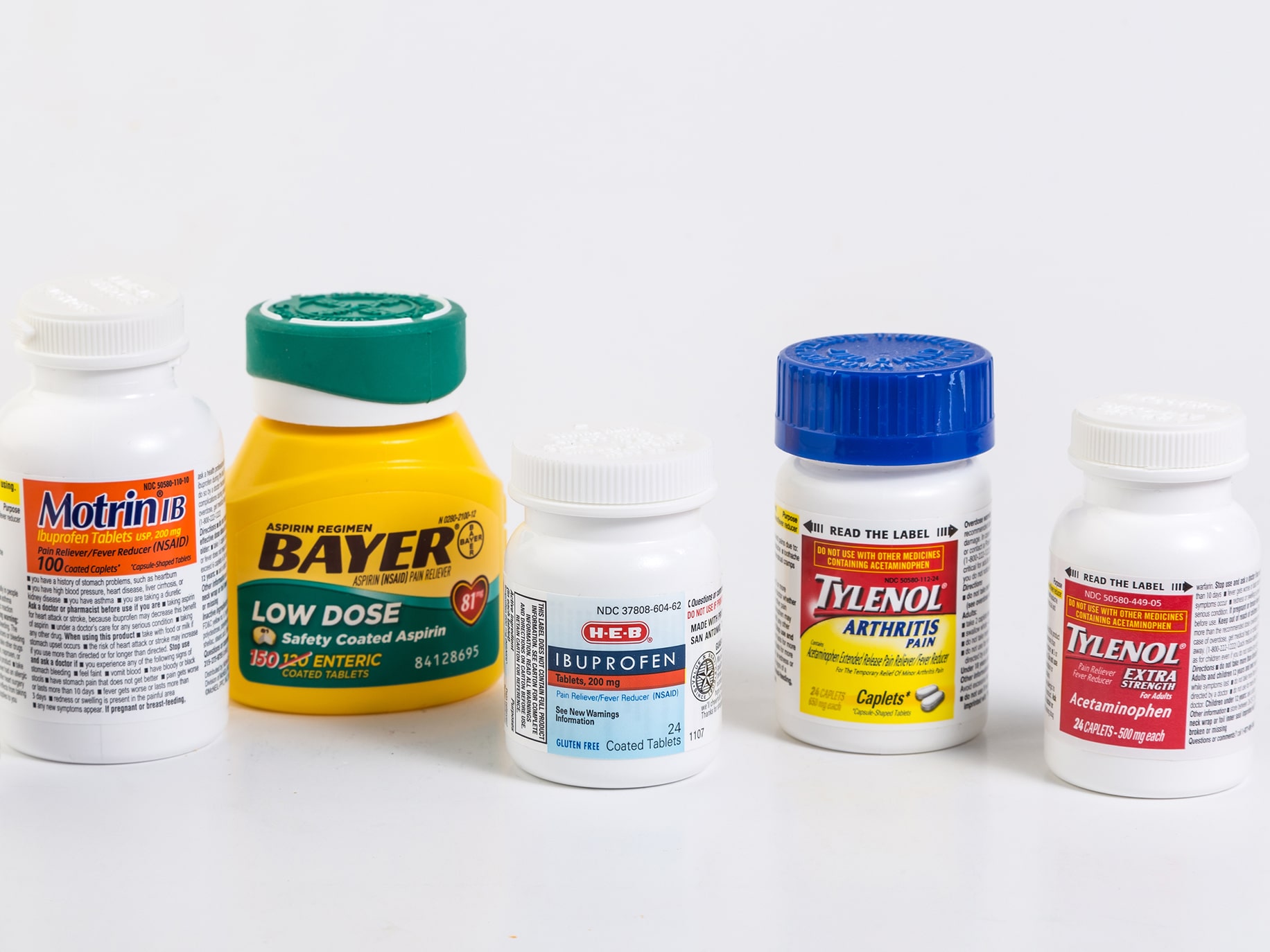Root canals are right up there with the fear of heights, shark bites, and not being in range of a Starbucks midday. Many people fear root canals because they “think” they are painful during or after. When a patient needs a root canal the first question they ask is how long does a root canal take. And invariably, that question is followed by a second, what is the level of pain after the root canal?
The answer to these two questions may surprise you. Pain after root canal is certainly misunderstood. I’m here to explain what you can expect, how long do root canals take, and why the notion of pain after root canal gets a bad rap.
How to Prevent a Root Canal
Before we can even think about how long does a root canal take, we should talk about how to prevent them in the first place.
Teeth are like icebergs. What we see in the mouth is just the tip of the iceberg. In the case of teeth, the tip of the iceberg is called the crown of the tooth. Yet there is much more that lies remain the surface. The part of the tooth below the gumline is called the root of the tooth.
One of the most common reasons a root canal is needed is because of a cavity. There are other reasons, but by in large, the biggest reason is because of cavities. In fact, to put it in perspective, tooth decay is four times more common than asthma among adolescents aged 14 to 17 years. The technical term for cavities is dental decay.
When people think of cavities they generally know that a filling may be needed. The concept is simple. The dentist removes the bacteria weakened part of the tooth and restores it with a solid filling. That’s the best prevention of a root canal.
How do I know I need a Root Canal
What if a cavity progresses deep into a tooth? It eventually reaches the center of the tooth. Now that’s a problem. It’s reached the gateway of the tooth to the rest of the body: the dental pulp. The center of the tooth contains the pulp which is a small canal. The pulp runs along the entire length of the root to the bone.
So if a cavity is left to progress all the way to the pulp, the bacteria of the cavity can then gain access all the way to the bone. That’s when dental infection, or dental abscesses, occur. The pulp of the tooth is also highly innervated is much more sensitive to irritation than the rest of the tooth.
A tooth that needs a root canal aches with a throbbing type pain for more than a transient period of time. If you bite into something excessively cold and your tooth hurts for a short moment, that’s not what I’m talking about.
A tooth in need of a root canal is different.
It’s a persistent throbbing type pain that happens while chewing, due to temperature, and even spontaneously. The pain from a tooth that needs a root canal doesn’t go away when the irritating stimulus is removed. A tooth that needs a root canal can keep a person awake at night.
If this were a Shakespearan play, we now have Act I and Act II. The cavity silently progresses until its deep into the tooth. It then reaches the pulp which creates the first sign of a major problem, a dental abscess. As we discussed the abscess is not just a tooth infection, but can also infect the gum, bone, and area around the tooth.
And of course Act III, how do we resolve the infection so that the tooth heals, and more importantly, doesn’t become reinfected? Enter the root canal therapy.
A root canal is a procedure when a dentist cleans out the infected root of the tooth and fills it with a sterile material so that it may heal.
How Long Does a Root Canal Take

Okay so if you think you need a root canal, let’s get to your first burning question, how long does a root canal take?
Well, we are fortunate to live in modern day. Gone are those memories of old movie scenes of long root canal procedures. With the recent advancement in dental technology, the procedure is typically completed in one dental visit.
Most simple root canal procedures take about 30 to 60 minutes of treatment. Although a more complex tooth may require more time, up to about 90 minutes.
Now of course, I know what your thinking. After wondering how long does a root canal take, you’re thinking, will the procedure hurt?
No, it will not hurt. Modern local anesthetics have the ability to numb the area profoundly so that you will not feel discomfort. But doc, why do I hear so many people tell me that root canal procedures are painful? The reason is two-fold.
A big issue in the past was numbing teeth that were severely infected. The pH of the infection essentially would render the local anesthetic less effective. However, nowadays with modern antibiotics and anesthetics, we have methods to reduce the infection and numb the tooth to make the procedure a walk in the park.
How Long Does a Root Canal Take If I want Dental Sedation
I’m a sedation dentist who specializes in putting people to sleep during their procedures. So of course I’m going to share the benefits of sedation dentistry for your root canals. Now not all dentists are trained in sedation dentistry, so you may need to find one who does if the concept appeals to you. But I’ll give you the information you need to see if its for you.
The way sedation dentistry for root canals works is the patient is able to rest comfortably and even sleep during their procedure. The best part about using sedation dentistry for root canals is that many procedures can be completed in a single visit. Without sedation, a the procedure is generally completed by itself with local anesthetic. It’s more comfortable to do one procedure at a time without sedation. However, with sedation dentistry, the treatment becomes more efficient. The procedure can be completed along with any other work recommended in significantly less visits.
With sedation dentistry, the area is still numbed with local anesthetic. You don’t have to worry about waking up in any discomfort. The difference is that you will take an oral medication or receive medications by IV sedation before and during the procedure. The medication will make you calm, relaxed, and will make the procedure seem like it’s 5 minutes, even if it’s much longer. At my office, we perform sedation dentistry all week long so we take it a step further. We offer noise canceling headphones, weighted blankets, and refreshments for when you wake up.
Is There Pain After Root Canal
Okay, and now for your final burning question, what about after? Is there pain after a root canal?
Here’s the deal: it depends. And I say that with one caveat: You will have a good sense of how much pain there will be after a root canal based on how much pain there was before.
As a general rule, a tooth that was in pain prior to a root canal will still require some time to heal afterwards, but the pain after will not be worse. The procedure essentially rights the sails. It sets the ship on the right path to healing. That path may take a few more days, but will incrementally heal day by day.
But do teeth that aren’t in pain ever need a root canal? Actually, sometimes yes they do. The circumstance I’m referring to is called a prophylactic root canal. An old filling has a crack, but the filling is deep. Although the tooth is not hurting at the moment, if the dentist goes in to replace the filling, it will be too deep into the tooth to fix with only a filling—so a root canal is recommended.
In these prophylactic root canal cases, there generally is little to no pain after the procedure. There may be minor soreness or sensitivity, but it generally will not be the up-all-night kind of pain.
What can I take for Pain After Root Canal

Follow the instructions of your doctor, but here’s what you can anticipate for medication after a root canal. You will typically be recommended over the counter medication like Tylenol, ibuprofen, or naproxen. If there is swelling or the procedure was complex, your doctor may prescribe you an antibiotic to help the healing and may prescribe you a prescription-strength pain reliever.
After a root canal, you can also help to manage the pain by applying warm compresses to the area periodically the first few days. You should also try to sleep elevated if you have any swelling. Sleeping elevated will help the swelling to subside.
How do I know if Some Pain After Is Normal?
Keep track of your recovery day by day after a root canal to check for improvement.
Generally by 1 week after the procedure, the majority of any pain and swelling should subside but the area may be slightly tender to touch for a few weeks afterward. If you feel like your swelling or pain was getting better and then worsened suddenly, that’s a good indictation to followup with the doctor who completed your root canal.
Wrapping Up: What to Expect After
Okay, so we talked a lot about how long a root canal takes, and how to manage expectations. But we should also discuss how to make a root-canaled tooth worth your while. How do you make sure your investment lasts?
A root canal is a treatment that removes infection and diseased tissue from a tooth. It essentially gives the tooth a second life.
It’s important to remember that a root canal is not a final treatment. It simply removed the infection. Your dentist will also recommend a restoration to protect the tooth. In most cases, the restoration that protects a root canal is a dental crown. The dental crown secures the tooth, reinforces it, and prevents it from fracture.
Going forward, once a root canal is completed and the tooth has received a dental crown, you may take care of the tooth similar to your natural teeth. Be sure to brush twice a day, floss at least once per day, and maintain routine checkups with your dentist. So now that you know the long and short about root canals, what are you waiting for? If you were recommended for one, don’t stress. Seize the day! Go out there and save some smiles one tooth at a time.


